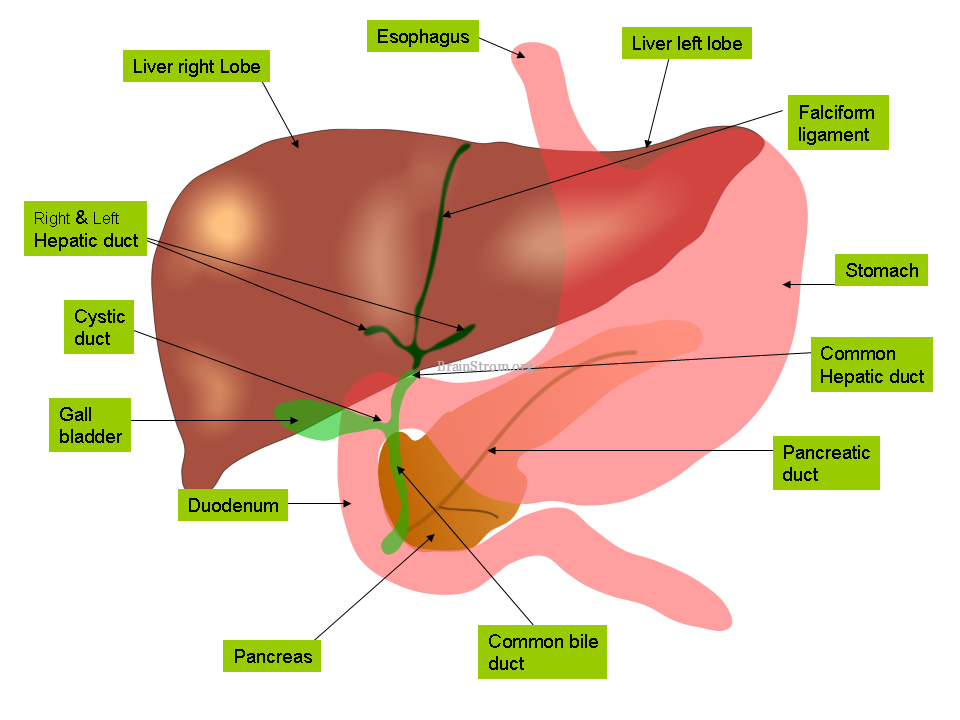As liver cancer develops, tumor cells lose the ability to produce and release glucose into the bloodstream, a key function of healthy liver cells for maintaining needed blood-sugar levels.
As liver cancer develops, tumor cells lose the ability to produce and release glucose into the bloodstream, a key function of healthy liver cells for maintaining needed blood-sugar levels.
The findings come from a study by scientists at The Ohio State Comprehensive Cancer Center – Arthur G. James Cancer Hospital and Richard J. Solove Research Institute (OSUCCC – James).
The loss of this type of glucose production, a process called gluconeogenesis, is caused by the over-expression of a molecule called microRNA-23a. The change might aid cancer-cell growth and proliferation by helping to maintain high levels of glycolysis under conditions of drastically reduced mitochondrial respiration, also known as the Warburg effect.
The findings suggest that suppressing miR-23a might reverse this process and offer a new treatment for hepatocellular carcinoma (HCC), the most common form of liver cancer.
The research is published in the journal Hepatology.
“This study identifies an important mechanism that severely blocks glucose production and its release from the liver as liver cells transform into cancer cells,” says principal investigator Dr. Samson Jacob, professor of molecular and cellular biochemistry and William and Joan Davis Professor in Cancer Research, Division of Hematology and Oncology at Ohio State and co-leader of the OSUCCC – James Experimental Therapeutics Program. “It is conceivable that delivery of an anti-miR23a to the tumor site could reverse this.”
For this study, Jacob and his colleagues used an animal model that develops diet-induced HCC, along with primary-tumor samples from patients and HCC cell lines. The mouse model mimics different stages of human hepatocarcinogenesis. Key findings include:
- Levels of enzymes in the gluconeogenesis pathway were drastically reduced, along with transcription factors involved in the expression of the genes encoding those enzymes.
- miR-23a expression was significantly up-regulated in the animal model and in primary human HCC.
- miR-23a suppresses the enzyme glucose-6-phosphatase and the transcription factor PGC-1a, two important components of the gluconeogenesis pathway.
- Interleukin-6 and Stat-3 signaling cause the upregulation of miR-23a.
“Based on our data,” Jacob says, “we conclude that gluconeogenesis is severely compromised in HCC by IL6-Stat3-mediated activation of miR-23a, which directly targets and suppresses glucose-6-phosphatase and PGC-1a, leading to decreased glucose production in HCC.”
Jacob notes that since glucose-6-phosphatase is also essential for liver cells to convert glycogen (the storage form of glucose) to glucose, suppression of this enzyme can block all pathways leading to glucose production by the liver.
###
Ohio State University Medical Center: http://medicalcenter.osu.edu/Pages/index.aspx
Thanks to Ohio State University Medical Center for this article
Thanks for installing the Bottom of every post plugin by Corey Salzano. Contact me if you need custom WordPress plugins or website design.

